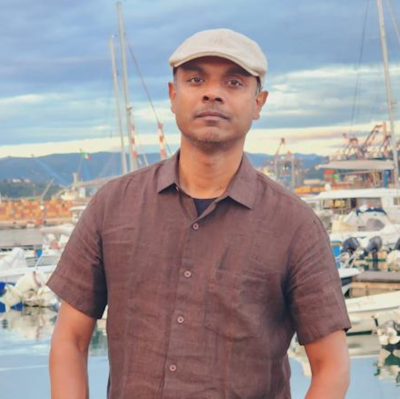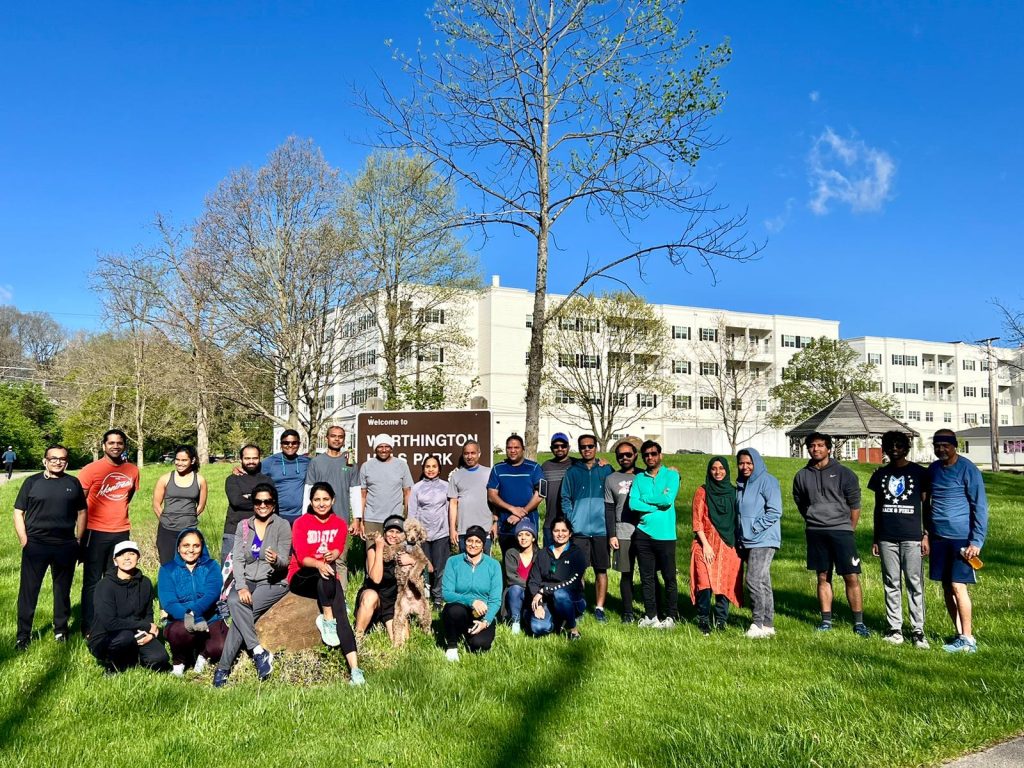
Newsletters
Wow! What a month April has been!
April was an action-packed, heartwarming month filled with moments that truly brought our community together. From music to marathons to meaningful contributions to Mother Earth, every week of April was a testament to the spirit, talent, and dedication within our vibrant community.
The month kicked off on a melodious note with “Paadaam Namukku Paadaam”, a musical evening that showcased the incredible range of talent among us. The event, held on April 5th, was the result of weeks of planning, rehearsals, and collective effort. Vocalists and instrumentalists of all ages came together to celebrate music, and the audience was treated to an unforgettable evening of rhythm, harmony, and cultural pride. The evening turned into a magical showcase of musical talent drawn entirely from our own community. The auditorium came alive with the sounds of classical hits, folk tunes, and nostalgic melodies, leaving the audience moved and mesmerized. The Dance party after the music was much enjoyed by all too. Behind the scenes, volunteers worked tirelessly on everything from sound checks to stage design, creating an atmosphere that was nothing short of professional and heartfelt.

Next came the adrenaline-fueled Capital City Marathon, where over 80 members from our community laced up their shoes and hit the pavement. This event was dedicated to the loving memory of our own Unni Maash. From early morning training sessions to crossing the finish line, the enthusiasm reflected on each one of us. For many, myself included, it was our first marathon experience, and it exceeded every expectation. The excitement at the starting line, the cheering crowds along the route, and the pride at the finish line made it an unforgettable experience. It wasn’t just about running—it was about showing up, cheering each other on, and crossing a finish line together. The sense of achievement and unity was something truly special.

April also brought us back to our roots with Earth Day, celebrated with full dedication by our young environmental champions. The youth took the lead in completing the garden project. With shovels in hand and dirt under their fingernails, they planted new life and reminded all of us of the importance of protecting the planet we call home. It was indeed a reminder of our responsibility to care for nature.

Their energy and commitment served as a powerful inspiration for us all, emphasizing the importance of conservation and sustainability. The garden authorities were very much impressed with the gardening projects completed by our kids.
— Prahlad T. Indira

My Cap City Quarter Marathon Journey with the COMA Tuskers!
– Nisha Ajit
(Nisha Ajit lives in Dublin, Ohio, with her husband, Ajit Nair. She is mom to Ashwin and Neil, and loves traveling, gardening, enjoying the outdoors, and pampering their pets, Nikki and Max.)
This was my second year running the Quarter Marathon at the OhioHealth Capital City Half & Quarter Marathon — and I have to say, it’s officially become my favorite spring tradition (right after putting away winter jackets!).
I’m incredibly grateful to be part of the COMA Tuskers Marathon Runners group, which Austin Pereira kickstarted back in December 2023. When I joined the group, I wasn’t even sure if I should attempt the 5K or take the big leap into the Quarter. But thanks to Austin sharing weekly training plans and lots of peer motivation, a few of us decided to be brave (or a little crazy?) and signed up for the Quarter Marathon.
I still vividly remember my very first Saturday group run at Glacier Ridge Park. After a quick warm-up, we started running — and I could barely jog for more than 10 minutes! I seriously questioned all my life choices at that moment. But I decided to take it slow: jog for 10 minutes, walk for 10 minutes — rinse and repeat. Week by week, minute by minute, my stamina improved.
Those Saturday group runs, building from 3 miles to 4 miles to even 6 miles, gave all of us the push (and sometimes the necessary peer pressure!) to keep going. There’s something magical about running with a group — even when your legs say “no,” your friends say, “come on, almost there!” It turns every mile into a mini celebration. Plus, you get to swap running hacks, shoe horror stories, and even exchange yummy food tips and recipes after our runs!
Of course, it wasn’t always smooth sailing. There were weeks when my knees or ankles weren’t too happy with me. But listening to your body, knowing when to rest, and bouncing back is part of the journey too. It’s not just about running; it’s about learning patience, discipline, and celebrating small wins.
Honestly, the hardest part wasn’t the running — it was getting out the door. (Pro tip: don’t sit on the couch too long before a run… it’s a trap!) But once you’re out there, each run builds a little more confidence and a lot more endorphins.

This year, the COMA Tuskers Marathon Runners group grew to a whopping 90+ COMA members signing up for the event! Around 80 of us laced up and proudly ran or walked the 5K, Quarter, or Half Marathon. It felt so amazing to be surrounded by so many familiar faces, high-fiving and cheering each other on. Our community spirit was truly unbeatable!
We also ran in loving memory of Unnikrishnan “Maash” Nair, honoring him with custom bibs. Seeing his family run alongside us, carrying banners and memories, was an emotional and beautiful moment that made this race even more special. I’m sure Maash was watching from above, smiling and proud.

Thinking about giving it a try next year? You absolutely should! Whether you’re a seasoned runner or someone who struggles to jog to the mailbox (been there, done that!), the COMA Tuskers Marathon Runners group is the perfect place to start. You’ll get all the support, training plans, group runs, and lots of laughter along the way.

Ready to hit the pavement with us next year? Join the COMA Tuskers WhatsApp group or reach out to our amazing Captain, Austin Pereira. Trust me — your future self (and your running shoes) will thank you!
— Nisha Ajit

Know your EC team – Series 1 – General Secretary (Parvathy Harilal)
– Parvathy Harilal
(Parvathy lives in Powell, Ohio with her husband Jordan and son Jonathan. She is from Trivandrum and moved from New York to Columbus in late 2023.)
Back in the spring of 2023, while on vacation with my husband, Jordan, and our three-year-old son, Jonathan, the prospect of moving to Columbus unexpectedly came up. Bona fide New Yorkers having lived in the city for over a decade, no one took us seriously when we discussed the possibility of moving to Columbus. I vividly recall telling my husband that day, “Who would willingly move to Ohio?” Famous last words. As it turned out, life had a hilarious plot twist in store for us, and suddenly, we were uprooting our lives and relocating to the Midwest that same year.
Moving wasn’t exactly a foreign concept to me. My early years were spent bouncing around between my birthplace of Trivandrum, Mumbai, and Chennai. I was always the new kid, never quite settling in. Then came the grand cross-continental move to the US—a decision I’m pretty sure my still-developing prefrontal cortex at the time thought was brilliant. “Finally, a place to lay down roots,” I thought to myself. A hodgepodge of languages and cultures, New York City seemed fitting – and instantly, I belonged. Year after year, I celebrated Thanksgiving and Diwali more often than Onam. The yearning for a taste of home was ever-present, though I didn’t know a single Malayali soul outside of my family for my entire adulthood.That is, until I moved to Columbus.
Can you imagine my surprise at finding a Malayali association in Columbus—people like me—in this small Midwestern city? Having never been part of such a cultural group before, I was beyond thrilled to celebrate Onam with COMA in 2024. I decided to dive in headfirst and volunteer, wanting to truly get a pulse on this community. Despite being a complete stranger at the event, I left that day with a heart full of joy and contentment. A little voice inside me said, “Hmm, maybe moving here wasn’t so bad after all.”

Fast forward, and well, you could say the rest is history! I got roped into the 2025 EC team as the General Secretary. It’s been such an honor and a truly exhilarating experience so far. In just a few months, I’ve gotten to know so many of you, made incredible friends, and been completely blown away by how warm and close-knit this community is. Honestly, it feels like, in a wonderfully unexpected way, I’ve finally come home.
— Parvathy Harilal

From Notes to Nostalgia: The Making of PNP 2025
– Lloyd George
(Lloyd works as Sr. Program Manager at Amazon and is from Muvattupuzha, Kerala. He moved to Columbus in 2014 and lives with his wife, Sheena, and four daughters – Gianna, Hazel, Lily and Violet.)
I would like to share my rewarding experience contributing to the Paadam Nammukku Paadam (PNP) event, held at the Kings Arts Complex on April 5th. It all began with an informal meeting with the Executive Committee (EC) members—Stephen ettan, Linda, Rohit – and Pradip ettan, where they outlined their vision for an event centered around live singing and instrumental performances. Their goal was to showcase the musical talent of our local Malayalee community, and this marked the beginning of a remarkable journey.
The initial phase involved six weeks of meticulous planning, followed by another six weeks dedicated to practice and fine-tuning. One of the primary challenges was securing a suitable venue, closely followed by arranging a high-quality sound system. The EC members worked tirelessly to overcome these obstacles, instilling in me a strong sense of confidence that we could pull off an outstanding show.
The next step was to finalize the list of singers and instrumentalists. Through a well-organized audition process, we discovered several exceptionally talented individuals. The singers were grouped together and encouraged to choose songs they felt most comfortable performing. Many of these participants were unfamiliar with each other at first, but over time developed close-knit friendships. Simultaneously, Rohit and Pradip ettan helped in assembling a highly skilled musical team. I was personally astounded by the talent and experience these instrumentalists brought to the table. Finally, each singing group collaborated with the musicians to craft a medley of songs in a well-thought-out sequence.
Our practice sessions were conducted in a warm and supportive environment; thanks to Pradip ettan, Rajesh, and Manjula chechi, who generously opened their homes for these rehearsals. The EC team ensured that all necessary resources were provided and that each group adhered to their scheduled slots. The entire team put in a lot of hard work and long hours of practice to ensure that they were completely prepared to rock the stage. In the end, I personally felt it was one of the finest musical performances that I have had the privilege to be a part of. The entire event featured a total of 44 songs, 34 singers, 9 Instrumentalists and 2 Instrumental performances – truly a grand musical journey. I would especially like to recognize the outstanding contributions of our young talents: Amogh (Saxophone), Rohan (Drums), and the exceptionally gifted young singers, who were trained and mentored by Ramya Ravikumar.

I am convinced that the success of this event was largely due to the openness of every participant to both give and receive constructive feedback. One of the most memorable moments was when the audience enthusiastically demanded an encore to the instrumental performance—an experience that I will surely cherish for years to come.
I sincerely hope PNP repeats in the coming years. Columbus is blessed with abundant talent, and COMA continues to provide a platform for it to flourish.
In closing, I leave you with this quote:
“Without music, life would be a mistake.”
— Lloyd George

My First year in marching band
– Amogh Athrassiri
(Amogh is a freshman at Olentangy Highschool, who lives with his parents Vidya and Prahlad at Lewis Center. Amogh loves music, plays the saxophone and piano. He also loves to travel and has a passion for cooking.)
It was July 21st, 2024. I had just gotten into my dad’s car and was heading to the first day of marching band practice. As we arrived, I felt nervous. I thought people wouldn’t like me because I was overweight. And when I say overweight, I mean I weighed 173 pounds, which was more than I felt comfortable with. I walked through the band doors and saw a few friends I already knew, which made me feel a bit better. But I also saw people I didn’t know, and that made me think, “This is going to be a long season.”
We started with introductions, and then moved on to marching band basics, or so I thought. The basics weren’t basic at all. I struggled with balance, and my marching was off. The first few months were filled with intense practices, and honestly, it felt like torture. We were out in the sun for hours. Thankfully, during breaks, I got to talk with my friends and some new ones, especially a few older students who took the time to teach me songs and help fix my marching. Looking back, if I hadn’t joined marching band, I wouldn’t have made the amazing friendships I have now. That was one of the best things about the experience. I’m still close with those older friends today.

There were moments during the season when I made mistakes or felt like I wasn’t meeting expectations, and it affected how I saw myself. Sometimes, interactions with others left me feeling hurt or unsure. Over time, I became more aware of how I communicate and how to take things in stride. I’m still working on being more confident and less self-critical, but marching band definitely helped me take steps in the right direction. By the last day of marching band, I had dropped to 158 pounds. I was surprised I had lost that much in just a few months.
Before joining the marching band, I couldn’t even stand for 10 seconds without needing to sit down. But because of the intense marching and playing while standing, I got used to standing for long periods. Playing the saxophone also became easier and faster thanks to my older friends who taught me fast songs. This helped me improve my reading music. It improved my coordination because I learned to play along with other people. And even if I can’t read the music, I can use my ear to play or harmonize with the group. Marching band also taught me how to properly take care of my saxophone and what not to do with it.

If you’re thinking of joining marching band, here are a few lessons I learned that might help you, especially if you can relate to my experience: You’ll probably lose weight from all the walking, standing, and movement. You’ll meet new people and make great friends. Don’t take everything too seriously. Don’t forget anything! Always pack everything you need, like your uniform, socks, and music.
And most importantly—have fun. You’ll make memories that stay with you for a long time.
— Amogh Athrassiri






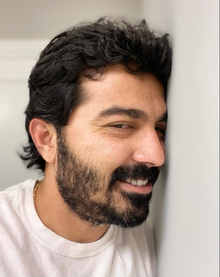
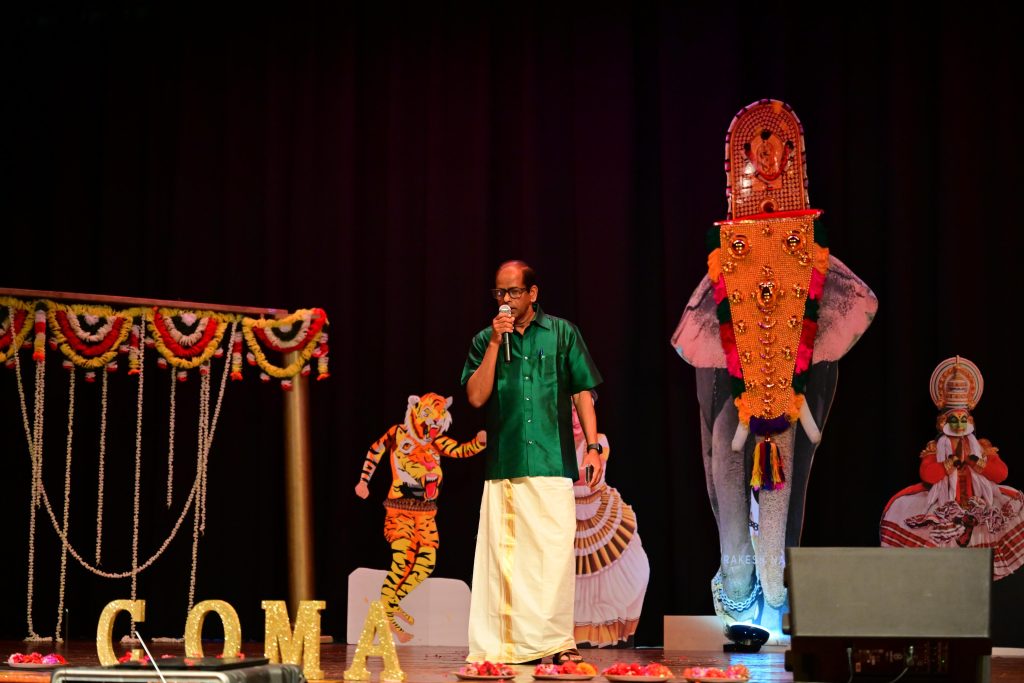












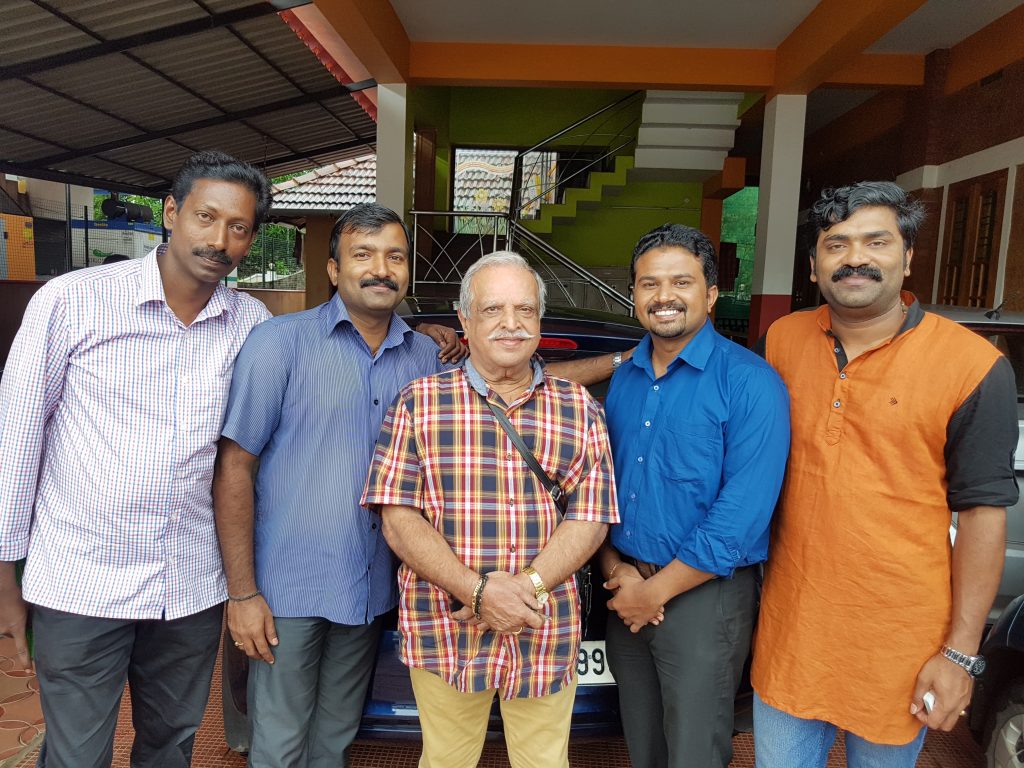

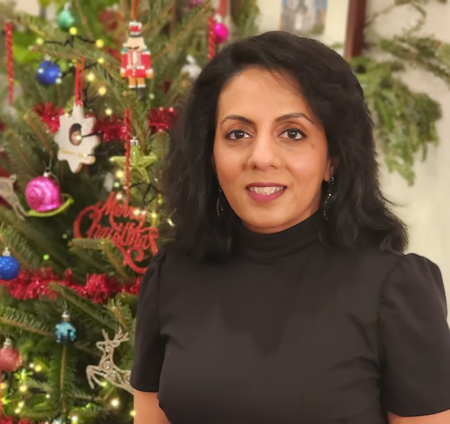
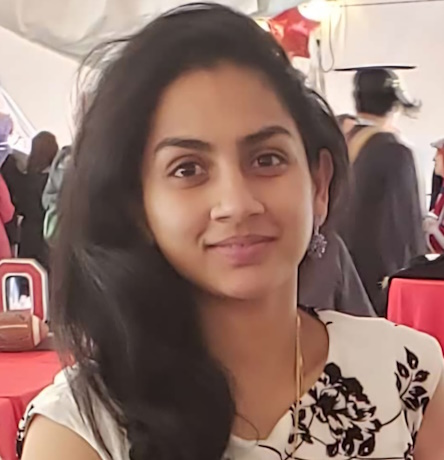
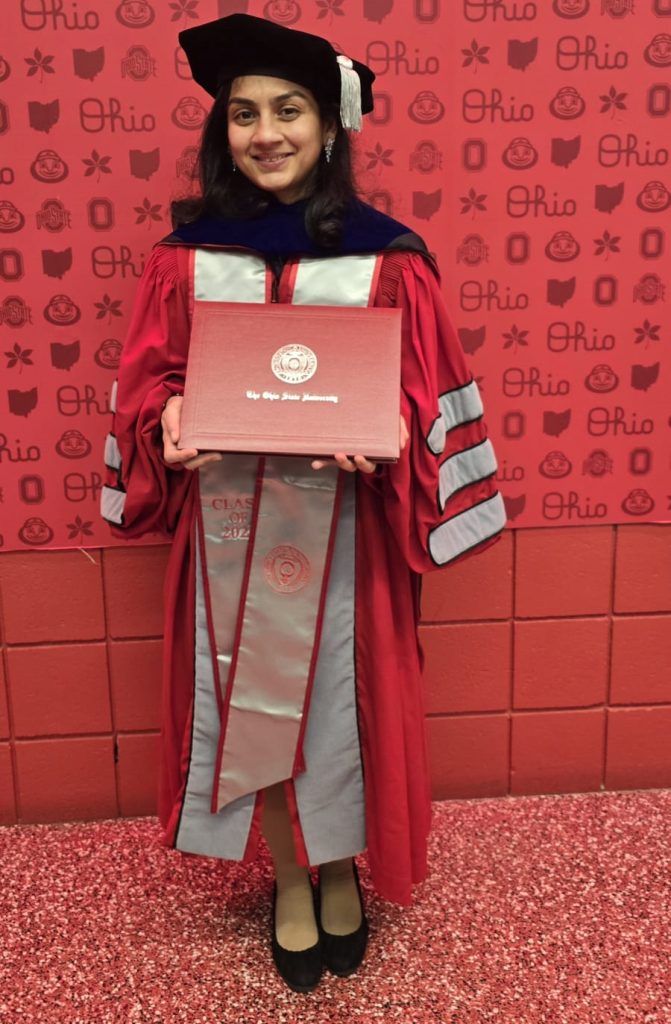

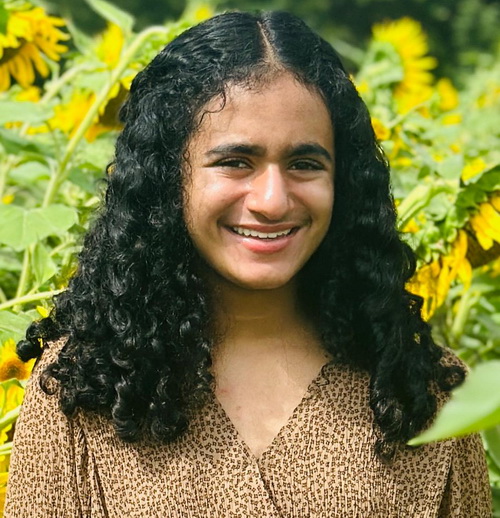
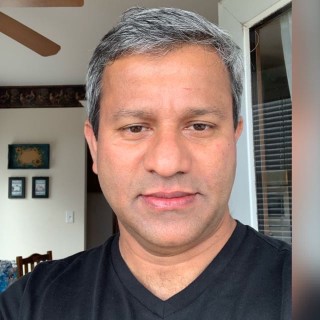
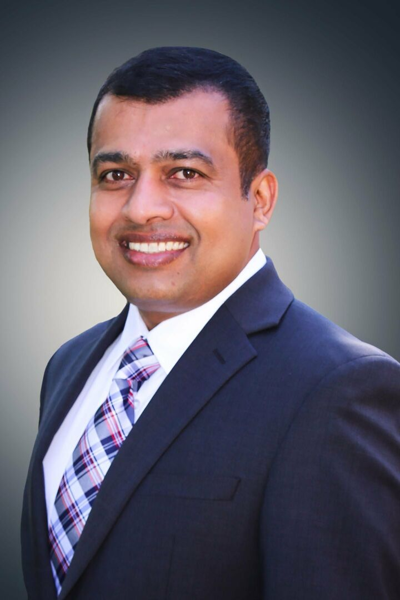
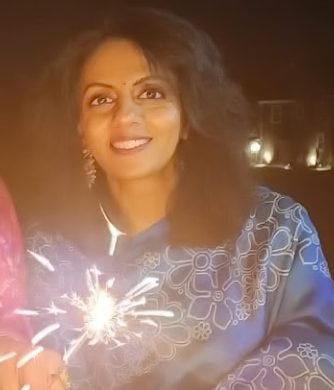

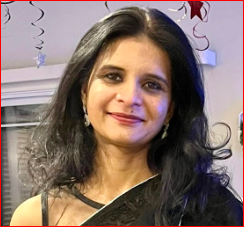




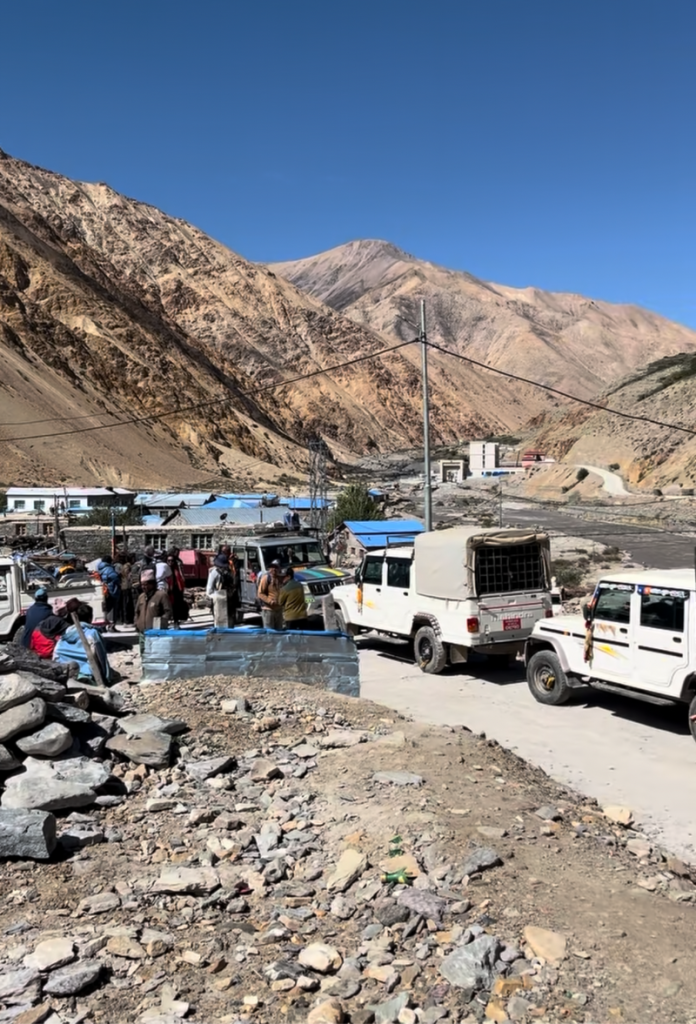
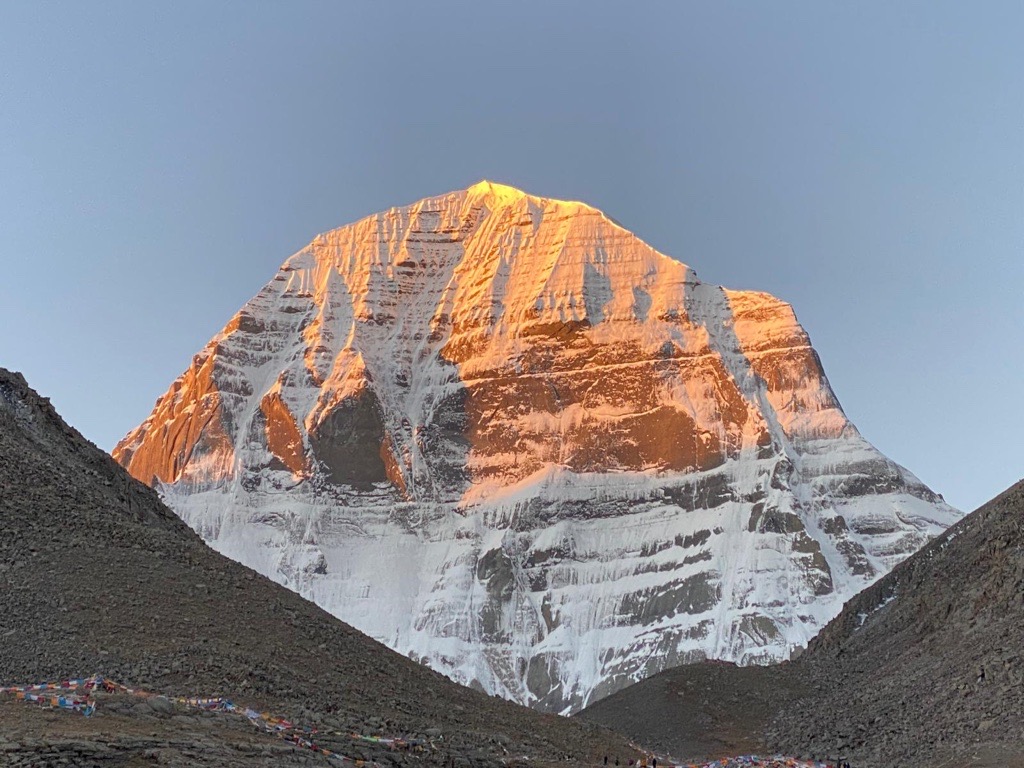
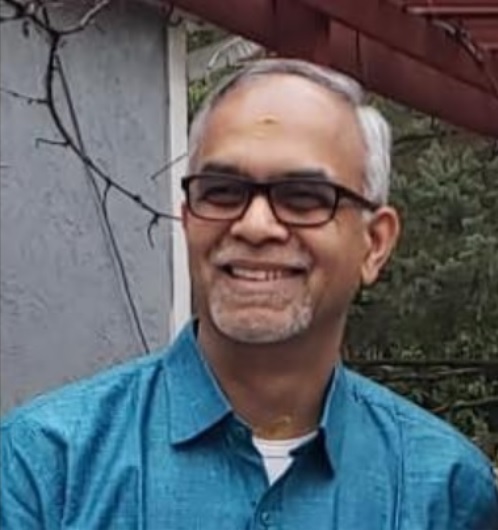




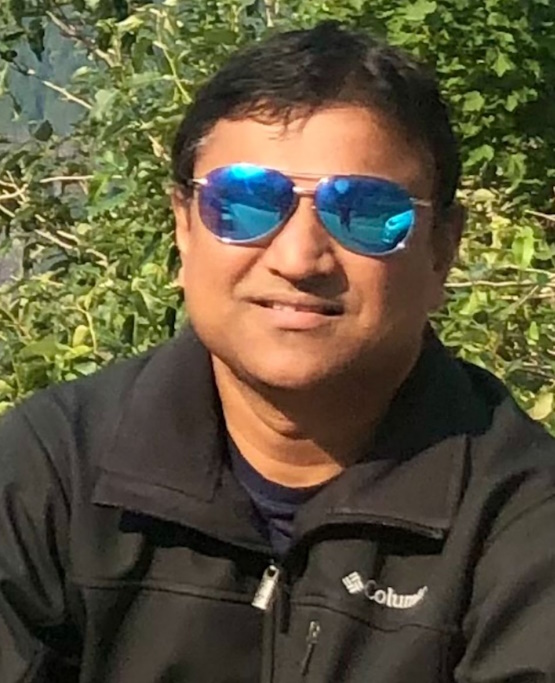


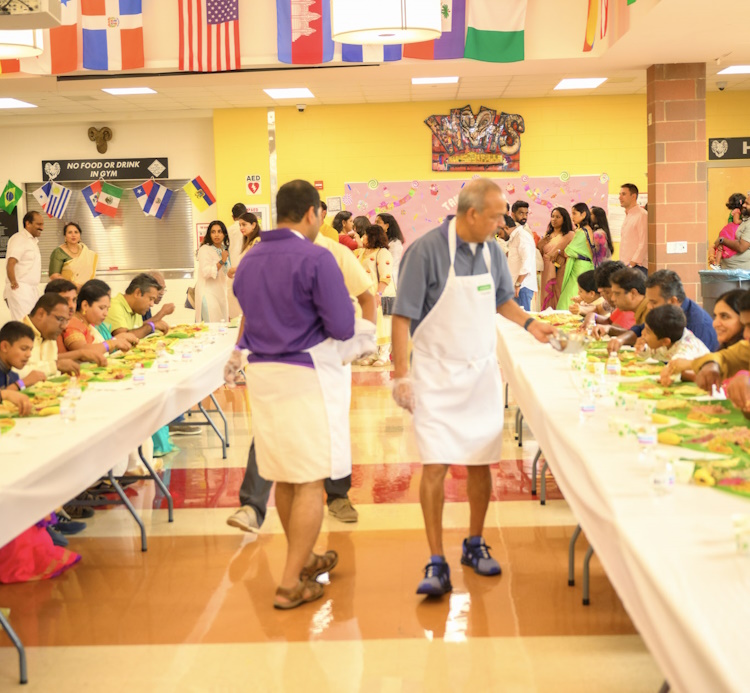




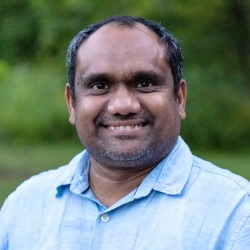


 )
)







